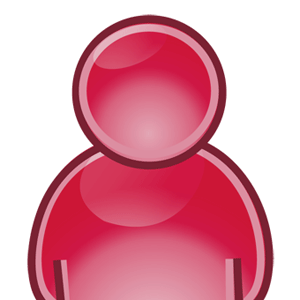| View Resource |
|
|||
| Average Rating |
|
|||
| Rate It! | To rate items you must be logged in to LifeSciTRC.. Log-in/Register now to the left. | |||
| Comment On It! |
To add comments, you must log in or register.
|
|||
| Share It! |
|
|||
| Save It! | To save the resource to a folder, please log in or register. | |||
| Description | Presentation of a simple model using springs to conceptualize the relationship between ionic conductances across a cellular membrane and their effect on membrane potential | |||
| Type of Resource | Assignment/Activity (Non-Laboratory/Non-Hands on Activity), Journal Article/Issue | |||
| Format | Web Page - HTM | |||
| Author |
David Cardozo, Harvard Medical School
|
|||
| Development Date | December 1, 2005 | |||
| Grade/Age Levels |
High School upper division (Grades 11-12) Undergraduate lower division (Grades 13-14) Undergraduate upper division (Grades 15-16) Graduate Professional (degree program) |
|||
| Pedagogies | ||||
| APS/ACDP Medical Objective in Physiology |
Biological membranes, solutes and solutions | |||
| Learning Time | <=1 hour | |||
| Language | English | |||
| Type of Review | Reviewed By Journal Board | |||
| Review Date | Reviewed at time of publication | |||
| Keywords | ||||
| Suggested Use | ||||

To add comments, you must log in or register.
This article/resource presents an excellent resource for modeling nernst equilibria and membrane potentials. These two concepts can be challenging concepts for students at all levels to visualize. Although formulas sucha the Nernst equation and GHK equation can be effective ways to introduce such conepts students often struggle to see how the conductance of two ions (ie Na and K) work in tandem to establsih a membrane potential for a cell. This "spring" model offers an excellent classroom model to build from equilibrium potential to membrane potential and ultimately to regulation of membrane potential by changing conductances.
The use of an membrane analogue circuit in the articel may be most applicable to college level students while the model itself seems applicable to nearly any learning level.
—Matt Kreitzer, Indiana Wesleyan University